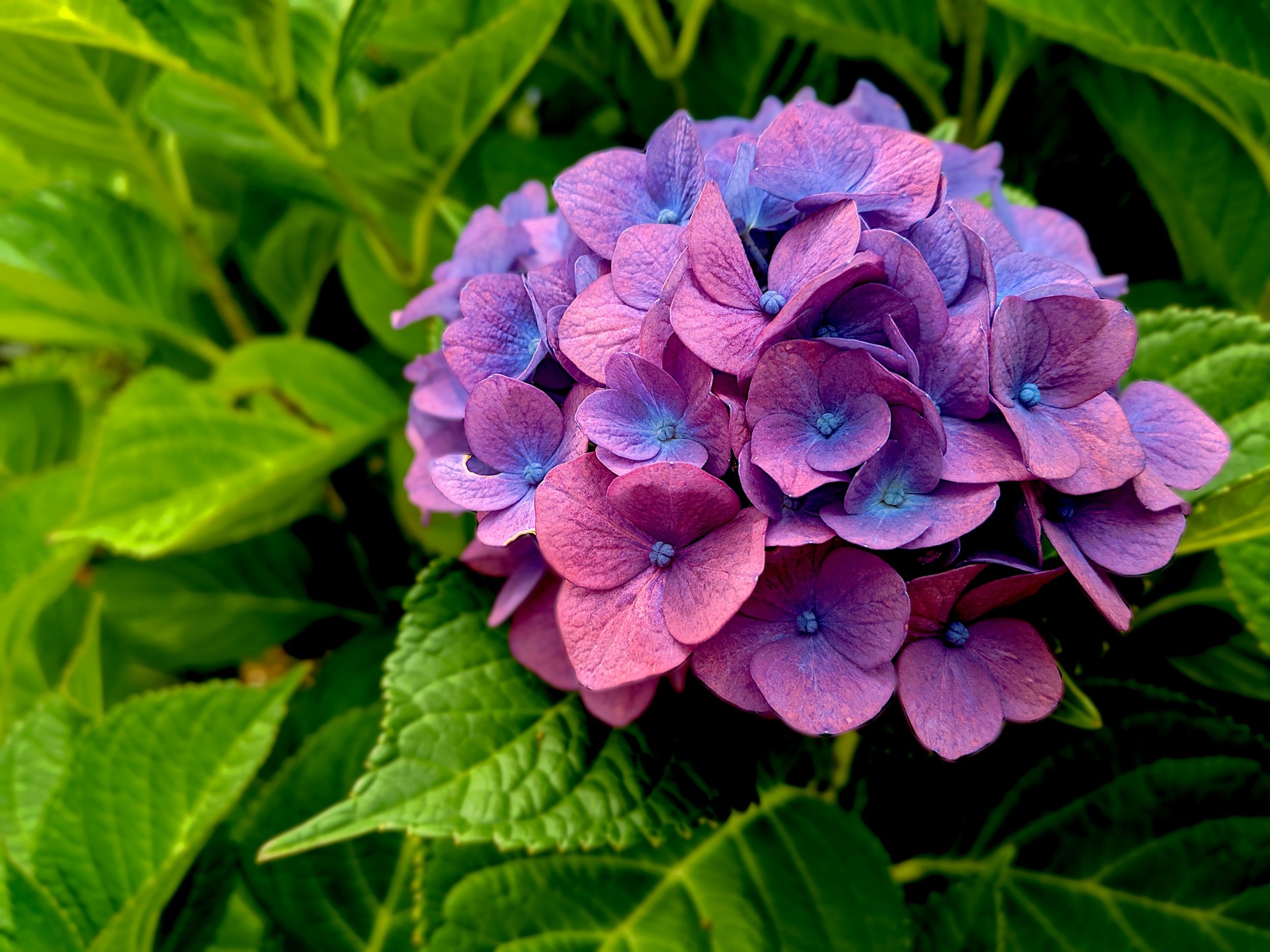An Unbiased View of Hydrangea Leaves Turning Yellow
Rumored Buzz on Hydrangea Leaves Turning Yellow
Table of ContentsThe 7-Minute Rule for Hydrangea Leaves Turning Yellow8 Simple Techniques For Hydrangea Leaves Turning YellowThe 15-Second Trick For Hydrangea Leaves Turning YellowWhat Does Hydrangea Leaves Turning Yellow Mean?Hydrangea Leaves Turning Yellow Can Be Fun For AnyoneHydrangea Leaves Turning Yellow Things To Know Before You Buy
The container should be big enough so the plant can grow and obtain all of the water and nutrients it needs. Panicles love the complete sun.No matter of the variety, strategy ahead and make certain your plant has lots of security from the wind. You can hair transplant to a new location, or you might create a wind obstacle using one more plant, or secure fencing.
Decorative turf, Rose of Sharon, or Holly bushes are simply a couple of ideas of plants you might make use of to obstruct the wind. If you need to hair transplant, find a spot in your yard that is well secured from sun and wind. Transplanting is ideal done in the fall or the spring.
Get This Report on Hydrangea Leaves Turning Yellow
The plants place is the most important variable when it comes to getting well established and proper development. With a little planning on planting area and appropriate upkeep, you'll be able to ensure your hydrangeas!.
So, if Hydrangea leaves turn yellow and drops off later, it's generally as a result of overwatering, as the plant can not uptake water and drops the fallen leaves to remove transpiration. Following this, Hydrangea leaves start to sag and wilt. Given that both problems can create yellow leaves, you need to find the difference in between the overwatered and underwatered plant.
You can rescue the plant from yellow fallen leaves by providing it the right light and placement. If your plant gets yellow fallen leaves, relocate it to a dark area.
A Biased View of Hydrangea Leaves Turning Yellow
Remember, Hydrangeas are only frost forgiving in fall and winter as they go inactive, and temperature level modifications can trigger yellowing fallen leaves and brown areas. If it obtains also cozy, the sides of the leaves come to be yellow, turn brown and develop a crispy structure. Relocate your potted Hydrangeas away from drafty north-facing windows in the wintertime.
Heavy soil can quickly block the oxygen supply to the origins and sever the connection with the top parts of the plant (leaves). Hydrangea leaves alter their color if they discover small troubles in the soil structure. This issue can trigger the Hydrangea leaves to transform yellow, struggle with fallen leave drops, and make a droopy plant in sync with overwatering.
Yellow leaves in Hydrangeas are the very first signs of condition infestation, frequently adhered to by black spots, browning, drops, and wilting. Separate the unhealthy or pest-infested plant from the healthy and balanced plants to avoid disease spread. If it is a yard plant, remove all the contaminated fallen leaves using decontaminated tools and cleanse up all the particles.
The Ultimate Guide To Hydrangea Leaves Turning Yellow

Avoid cutting healthy and balanced or green leaves, and do not eliminate even more than 25% of the plant's foliage. The primary factor behind the red leaves in Hydrangea is inadequate soil or ecological problems.
Also, repot the plant each these details year in springtime or every 2 years if the growth rate is slow-moving.
Top Guidelines Of Hydrangea Leaves Turning Yellow

Each factor impacts the plant in such a way that can be repaired if we comprehend how to look after hydrangeas the proper way. When we talk about poor light for hydrangeas, we indicate that the plant isn't getting adequate sunshine. Hydrangeas like brilliant light, yet not straight, scorching sun. They often grow finest with early morning sunlight and afternoon color.
Without sufficient sunlight, the fallen leaves can turn yellow, the plant can come to be weak, and it may produce less flowers. To ensure a hydrangea obtains appropriate light, it should be positioned in a spot where it can enjoy the early morning light and be secured from the intense mid-day sunlight. Overwatering is when a hydrangea plant gets even more water than it needs.
All about Hydrangea Leaves Turning Yellow

Without sufficient air, the origins can't do their task well, and the plant begins to endure. Yellow fallen leaves might be an indication that the plant is getting excessive water. On the other hand, dehydration takes place when the plant doesn't obtain enough water. Like individuals, plants need water to stay healthy and balanced.
This trouble prevails in the loss as the weather condition adjustments or if a hydrangea is planted in a place where it doesn't obtain enough heat from the sun. It is very important to understand the best conditions for hydrangeas to stay clear of low-temperature anxiety. As an example, the majority of hydrangeas grow best in zones 6 to 9, where the climate is milder.
It is necessary to know that this sort of yellowing is various from the yellowing brought on by issues like way too much water or not enough light. If the yellow fallen leaves are primarily at the useful content bottom of the plant and the rest of the plant looks healthy, it might simply suggest that the special info fallen leaves are simply getting old - Hydrangea Leaves Turning Yellow.